Rubber flooring has emerged as a versatile and practical flooring solution, offering a wide range of benefits for various spaces. Whether you’re renovating your home, upgrading a commercial facility, or designing a fitness centre, rubber flooring can revolutionize your space with its durability, versatility, and aesthetic appeal. In this comprehensive guide, we’ll delve into everything you need to know about rubber flooring, from its composition and installation to its maintenance and design options.
Understanding Rubber Flooring
What is Rubber Flooring?
Rubber flooring is a type of resilient flooring made from natural or synthetic rubber materials. It is known for its durability, flexibility, and shock-absorbing properties, making it suitable for a diverse range of applications. Rubber flooring is available in various forms, including tiles, mats, and rolls, and comes in a wide array of colours, patterns, and textures to suit different design preferences.
Composition of Rubber Flooring
Rubber flooring is typically composed of one of two types of rubber:
- Recycled Rubber: Made from recycled materials such as rubber tyres, conveyor belts, and shoe soles, recycled rubber flooring is an environmentally friendly option that helps reduce waste and conserve resources.
- Virgin Rubber: Derived from natural rubber latex or synthetic rubber compounds, virgin rubber flooring offers superior strength, resilience, and longevity, making it ideal for high-traffic areas and heavy-duty applications.
Benefits of Rubber Flooring
1. Durability
Rubber flooring is renowned for its durability and resilience, capable of withstanding heavy loads, constant foot traffic, and the wear and tear of daily use. Its robust construction ensures long-term performance, making it a cost-effective flooring solution for both residential and commercial spaces.
2. Shock Absorption
One of the key advantages of rubber flooring is its excellent shock absorption properties. The inherent elasticity of rubber cushions impacts and reduces strain on joints and muscles, making it an ideal choice for fitness centres, gyms, and playgrounds where safety and comfort are paramount.
3. Slip Resistance
Safety is a top priority in any environment, and rubber flooring excels in providing superior slip resistance, even in wet or high-moisture areas. The textured surface of rubber flooring enhances traction and minimizes the risk of slips and falls, making it suitable for kitchens, bathrooms, and other potentially hazardous spaces.
4. Easy Maintenance
Rubber flooring is incredibly easy to maintain, requiring minimal upkeep to keep it looking its best. Regular sweeping, mopping, or vacuuming is typically all that’s needed to remove dust, dirt, and debris from the surface. Additionally, rubber flooring is stain-resistant and waterproof, making it suitable for areas prone to spills and messes.
5. Noise Reduction
In busy environments, noise pollution can be a concern. Rubber flooring helps dampen sound vibrations, reducing noise levels and creating a quieter, more comfortable atmosphere. This makes it an excellent choice for offices, schools, and residential spaces where noise control is essential.
6. Design Versatility
With a wide range of colours, patterns, and textures available, rubber flooring offers endless design possibilities to suit any aesthetic or decor style. Whether you prefer a sleek, modern look or a more traditional design, there’s a rubber flooring option to complement your space and enhance its visual appeal.
Installation and Maintenance
Installation Process
The installation of rubber flooring varies depending on the type and format of the product. Interlocking rubber tiles are easy to install and require no adhesive, making them a popular choice for DIY enthusiasts. Rubber rolls can be adhered to the subfloor using a suitable adhesive, providing seamless coverage for larger areas. It’s essential to follow the manufacturer’s guidelines and recommendations for proper installation techniques.
Maintenance Tips
Maintaining rubber flooring is simple and straightforward. Regular cleaning with a mild detergent and water solution will help remove dirt and grime from the surface. Avoid using harsh chemicals or abrasive cleaners, as these may damage the rubber material. Additionally, it’s essential to promptly clean up spills and stains to prevent them from becoming permanent.
Conclusion
In conclusion, rubber flooring is a versatile, durable, and practical flooring solution that can revolutionize any space. From its superior durability and shock absorption to its slip resistance and easy maintenance, rubber flooring offers numerous benefits for residential, commercial, and recreational applications. Whether you’re renovating a home gym, upgrading a commercial facility, or redesigning a playground, consider the many advantages of rubber flooring and transform your space with style and functionality.







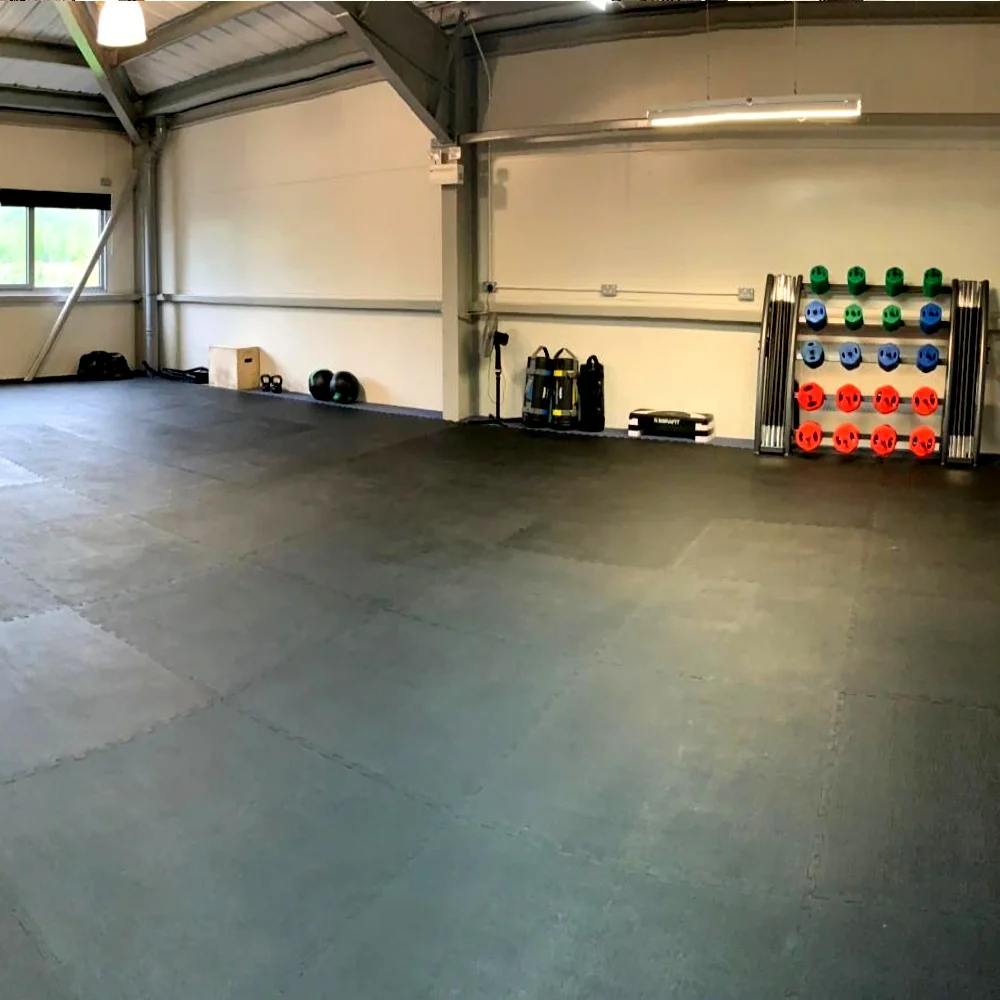
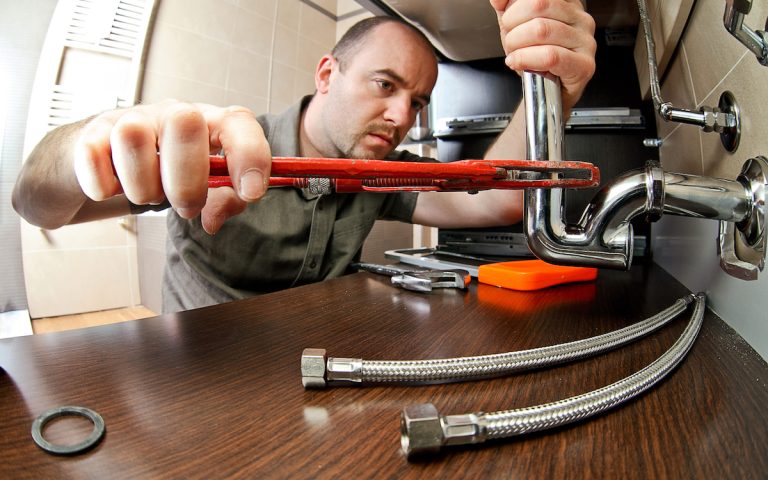
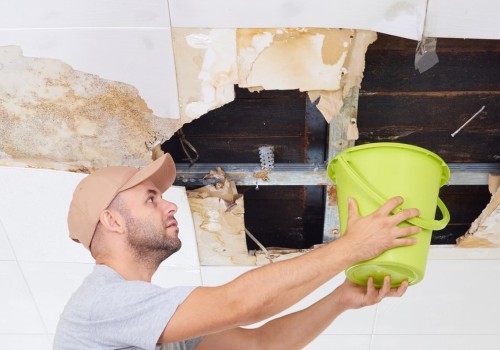


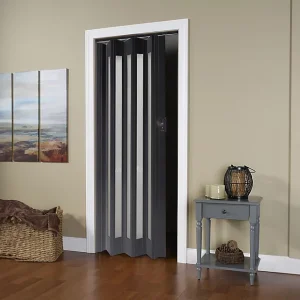
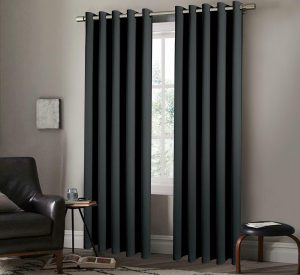

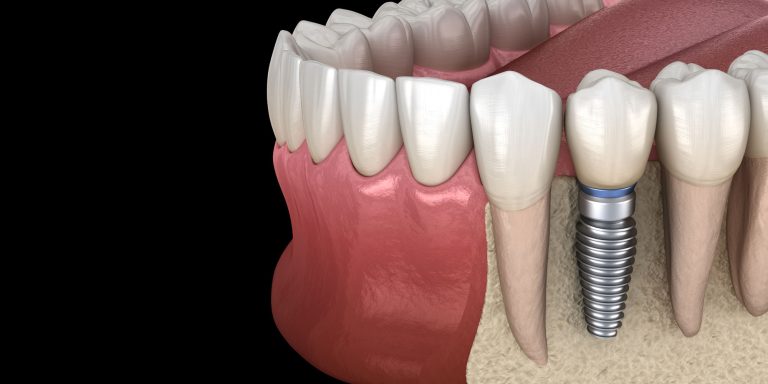


+ There are no comments
Add yours